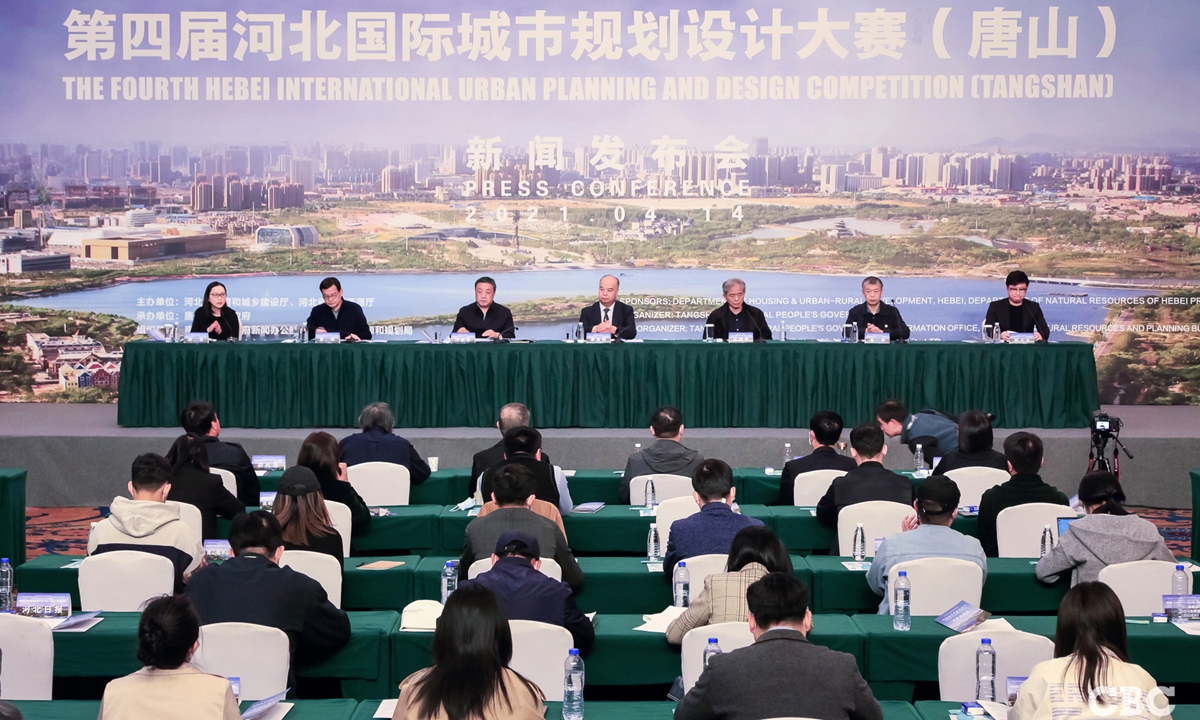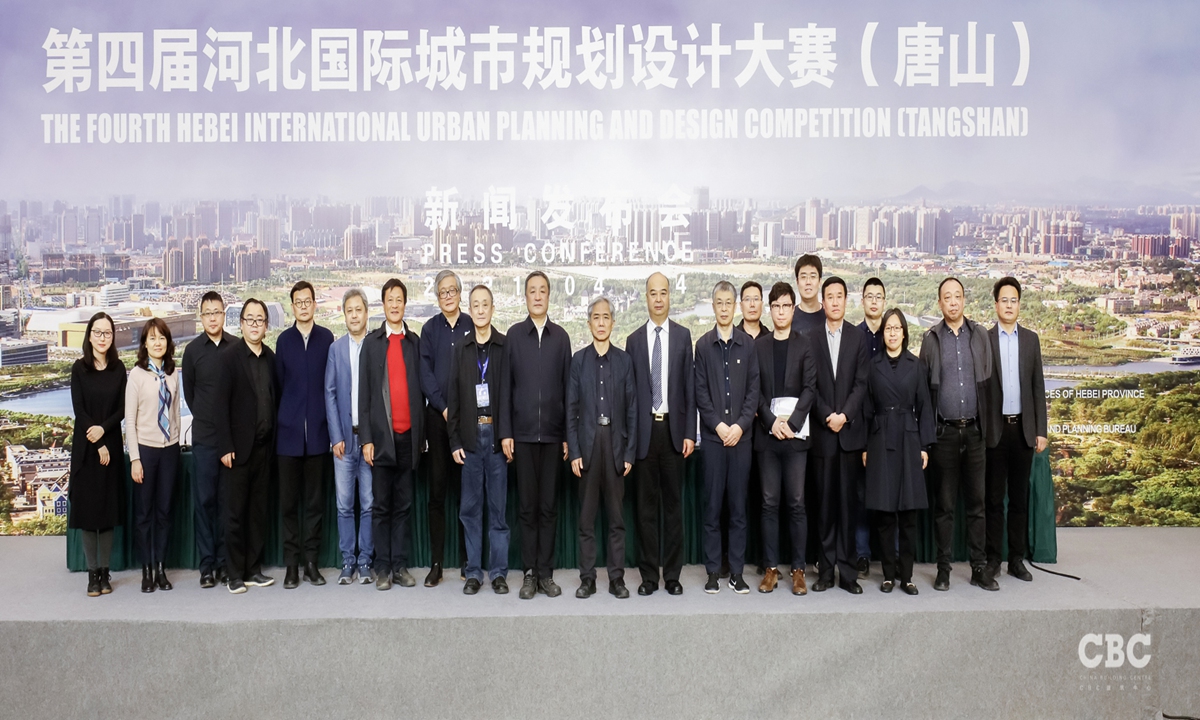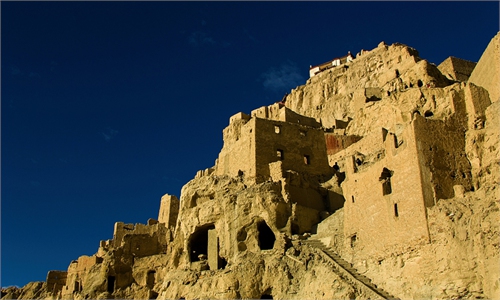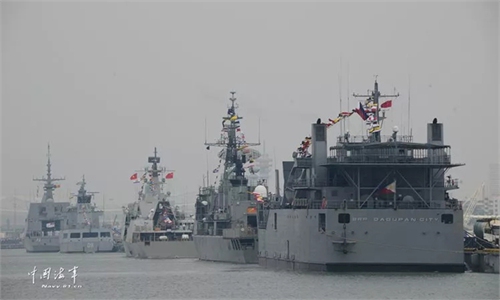ARTS / ART
Urban planning competition seeks to revive old industrial city
A new start

Photo: Courtesy of CBC
The fourth International Urban Planning And Design Competition kicked off on Wednesday with the goal of further helping the old industrial city of Tangshan in North China's Hebei Province, which had been devastated by an earthquake, transform itself into a green and creative urban center.
Tangshan is located in the central area of the Bohai Rim Economic Circle and is a core area of the Beijing-Tianjin-Hebei development strategy. It is a coastal industrial city with a history of over 100 years, and also a city with a miserable memory.
The Great Tangshan Earthquake, a natural disaster resulting from a magnitude 7.8 earthquake, hit the region on July 28, 1976. About 85 percent of the buildings in the city collapsed or were damaged beyond use, all services failed and most of the highways and railway bridges collapsed or were seriously damaged. But the greatest tragedy of all was the loss of life. More than 240,000 people died in the disaster, a number that shocked the world.
To remember the victims of the earthquake, the city government built a monument and a memorial hall in the center of Tangshan.

Photo: Courtesy of CBC
The press conference and opening ceremony of the competition was held opposite this monument.
The competition consists of six sections, including urban renewal and urban landmark design contests and a competitive section for international architects, such as Japanese architect Shuhei Aoyama.
Numerous architectural designers are taking part in the competition, which is receiving support from the local provincial and city governments.
Yuan Xin is the head of a planning and design company associated with Tsinghua University and the leader of a team competing in the urban renewal section.
At the press conference for the opening, Yuan said that he feels the history and culture of the city have not gotten enough attention, so his team will focus on these two elements while coming up with a plan to transform Tangshan into an high-tier developed city.
Yu Fanshi, deputy team leader of a group of designers taking part in the bridge design section, said that for many post-1980 designers, their image of Tangshan was firmly tied to its history as an industrial center and the earthquake. However, after arriving in the city, they are seeing it in an altogether different light.
Old factories have now been converted into art zones and more museums as well as parks have been built, allowing art and industry to merge together.
"The first railway bridge in China was built in Tangshan," Yu said.
"Bridge culture can bring vitality to the city. We believe that the bridges in Tangshan are not only for transportation, but can also reflect a period of history and a city's culture."
Li Xianming, deputy director of Hebei's Department of Housing and Urban-Rural Development; and Vice Mayor of Tangshan Fu Zhenbo were also present at the press conference.
This is the fourth city in Hebei Province to solicit plans for urban construction. For instance, the third International Urban Planning and Design Competition was held in Handan in January 2020 with the aim to transform an old factory to further improve the city's appearance.
The competition ran for half a year and a French architectural firm won the first prize.
According to Dominique Perrault Architecture, the first place winner from France, they plan to divide the old industrial compound into four sections - Water, Green City, Heritage and Hotel Metropole - to rebuild a future Handan with a focus on diversity and livability.




